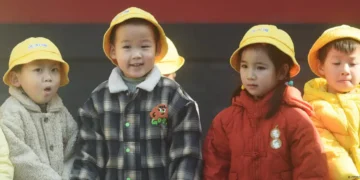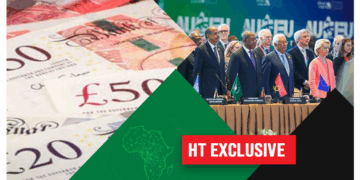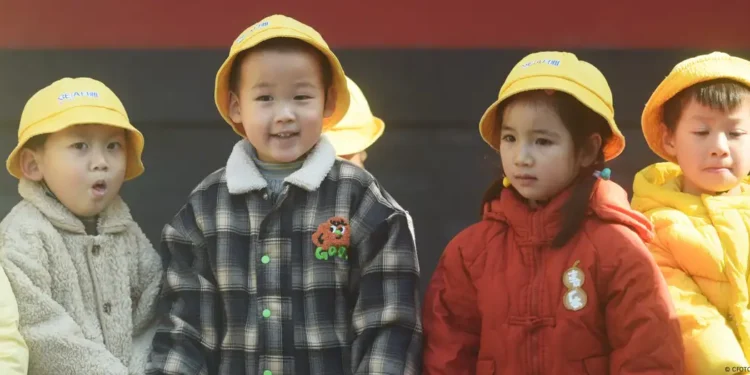By Ebi Kesiena
In a bid to address its deepening population crisis, the Chinese government has announced a new annual subsidy of 3,600 yuan (approximately $500) per child under the age of three.
The policy, reported by state media on Monday, marks the latest in a series of efforts aimed at reversing a dramatic decline in birth rates and alleviating the financial burdens of parenthood.
China’s population has shrunk for three consecutive years, with only 9.54 million births recorded in 2024, half the number registered in 2016, the year the country officially ended its decades-long one-child policy. Marriage rates have also fallen to record lows, with many young couples citing high child-rearing costs and career pressures as reasons for delaying or forgoing parenthood.
In response, more than 20 provincial-level governments across China have rolled out various incentives. Inner Mongolia’s capital, Hohhot, is offering families up to 100,000 yuan (over $13,000) for each new child beyond the second.
In Shenyang, Liaoning Province, families with a third child receive 500 yuan monthly until the child turns three. Meanwhile, Sichuan Province is proposing to increase marriage leave from 5 to 25 days and extend maternity leave from 60 to 150 days to promote a “fertility-friendly” environment.
While experts view the subsidies as a symbolic and positive move, many remain skeptical about their effectiveness in halting the demographic downturn or boosting domestic consumption.
“The subsidy shows the government recognizes the serious challenge of low fertility,” said Zhiwei Zhang, president and chief economist at Pinpoint Asset Management. But, he added, the policy alone is unlikely to yield significant change.
Zichun Huang, China economist at Capital Economics, described the cash transfers as a “major milestone” in household support, but noted the current financial incentives were too modest to influence short-term decisions.
For many parents like 36-year-old Wang Xue from Beijing, the support may be too little, too late. “Having one child is manageable, but if I had two, I might feel a bit of financial pressure.”



































